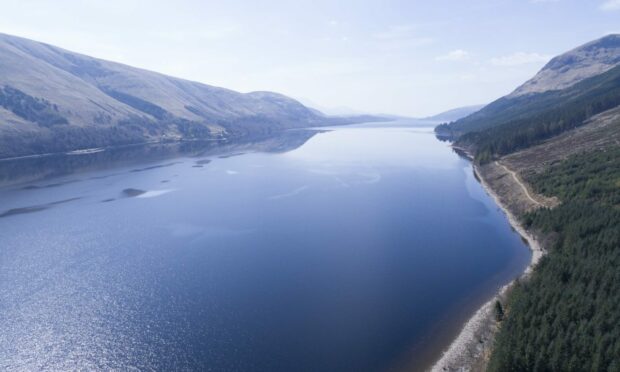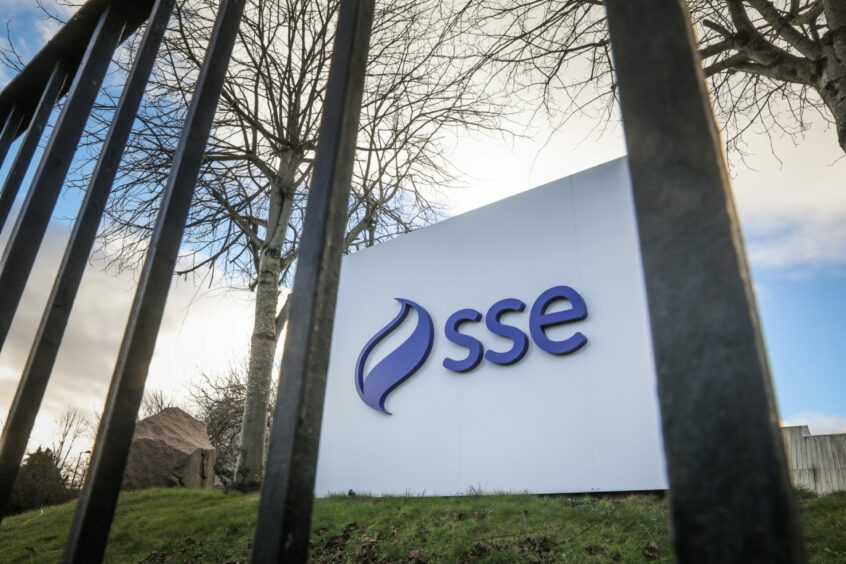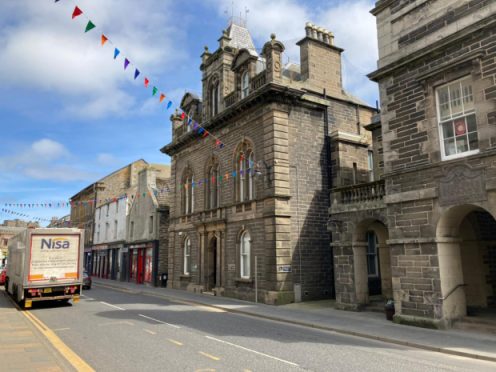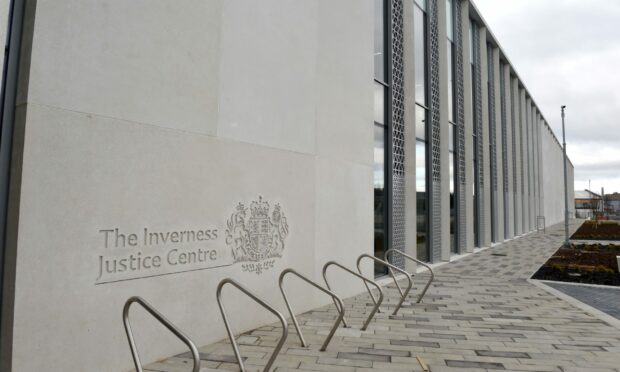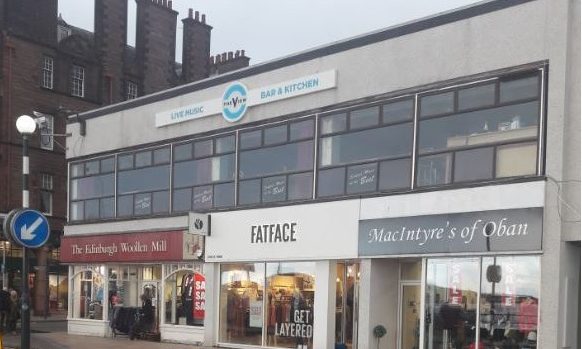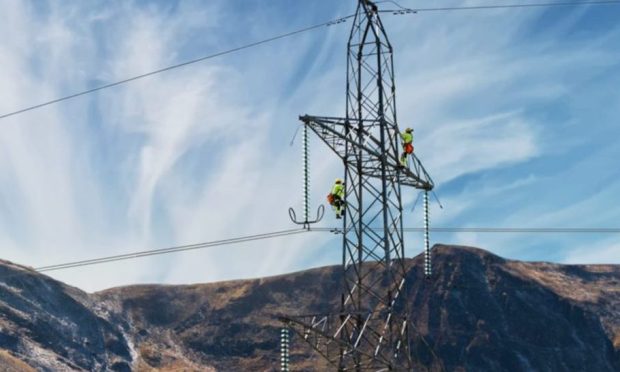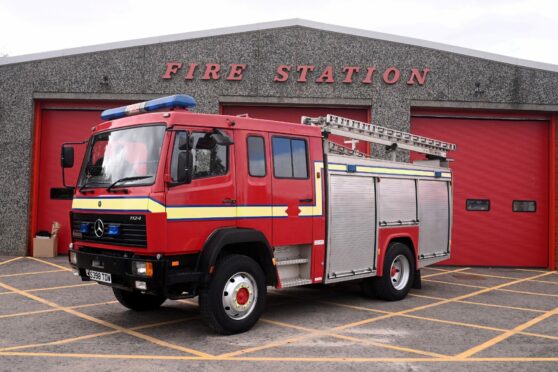Plans to put a third-of-a-mile tunnel into a Highland hillside are taking shape as investigations begin at the site of a large-scale pumped storage scheme.
The project, the first of its type to be developed in 30 years, has started at Coire Glas, Loch Lochy in the Great Glen.
When completed it will be the largest of its type in Scotland.
The scheme would be similar, yet significantly larger, to the pumped storage scheme that already exists at Cruachan, in north Argyll.
The Coire Glas project was given the green light by the Scottish Government.
The tunneling work will take place on Loch Lochy, 19 miles south of Fort Augustus.
Initially approved for a 600MW scheme in December 2013, revised plans were subsequently submitted in April 2018 to the Scottish Government for an up-to-1500MW scheme.
A tunnel will be built into the hillside
SSE Renewables appointed Strabag UK, a world leader in mining and tunneling, in April to work on the project.
The work will see the creation of a tunnel approximately 14ft wide, which will cut into the hillside towards the proposed location of an underground powerhouse complex.
During the exploratory works samples of materials within the hill will be analysed, and survey and assessment work will be carried out to give a detailed understanding of the geological conditions.
The information will then be used in detailed design of underground structures.
The findings of the exploratory works will be used to inform the final design of the project and will be an important consideration in SSE Renewables’ final decision on whether to proceed with the Coire Glas project.
Ian Innes, project director for Coire Glas said: “Coire Glas is one of the most significant engineering projects to take place in the UK for decades.
“The commencement of these exploratory works is a great milestone for everyone on the Coire Glas project team and at SSE Renewables.
“With a reputation for innovation and delivering a wide variety of specialist skills and services on major construction projects, I am confident that Strabag UK’s experience will prove an asset as we undertake this critical phase in the development of the Coire Glas project.”
How will the pumped storage unit work?
During periods of low demand for power, electricity is used to pump water from the lower loch to the upper reservoir, akin to charging a battery.
This stored energy can then be released by using this water to generate power when it is needed.
The output from Coire Glas could power around three million homes for periods of up to 24 hours.
The development will lead to an estimated 3.9million tonnes of rock excavated from a cavern.
At the time, Highland Council leader Margaret Davidson said the authority was in favour of such hydro schemes as long as “we ensured the conditions surrounding such a large scheme were as tight as possible”.
